
cd_nom
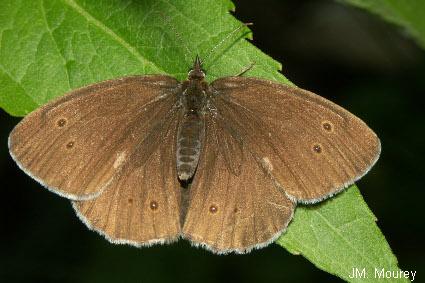
| Author : J.M. Mourey |
 |
To get the picture, please visit:
Jean-Michel Mourey
OFFICE NATIONAL DES FORETS - Direction de l'Environnement et des Risques Naturels
2 avenue de Saint-Mandé
75012 Paris
e-mail : jean-michel.mourey@onf.fr
Any reuse of one or more photographs on this site is subject to an authorization request from the author.
Link to the Code of Intellectual Property (Legifrance)
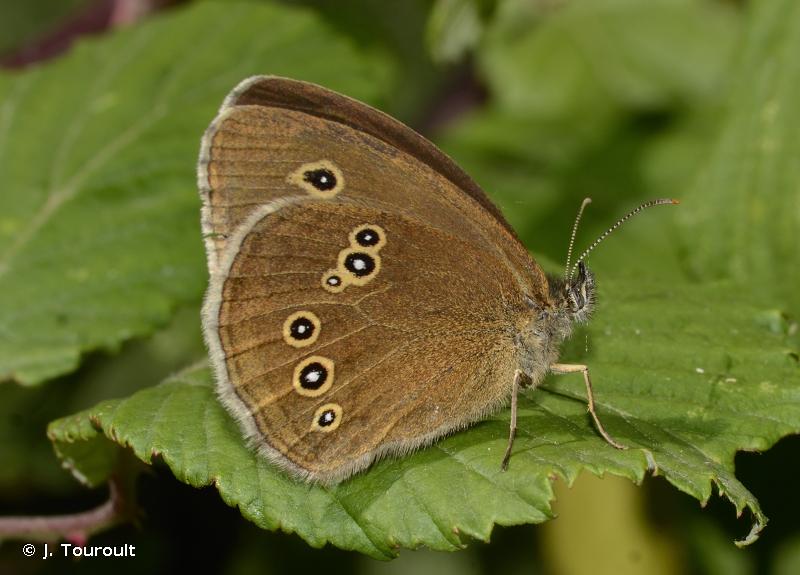
| Author : J. Touroult |
 |
To get the picture, please visit:
Despite the Creative Commons license, please inform the author of the use which will be made of his photo
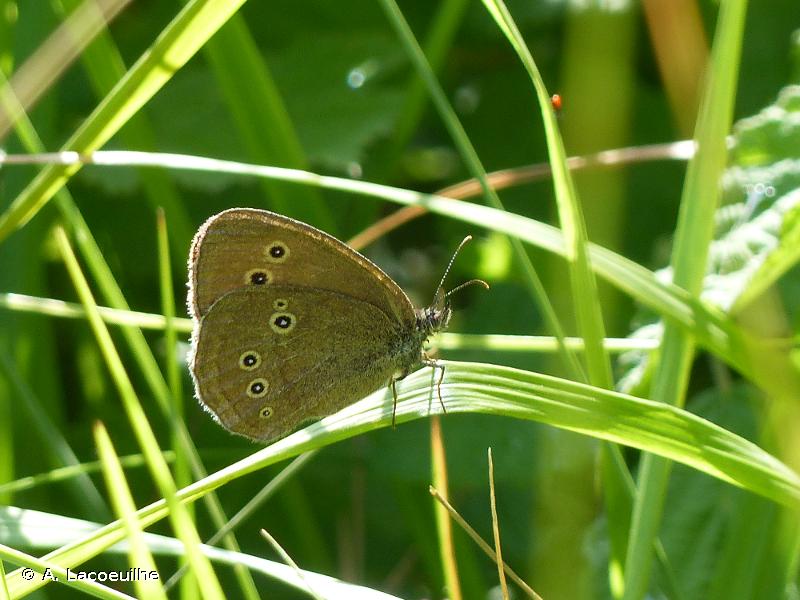
| Author : A. Lacoeuilhe |
 |
To get the picture, please visit:
Aurélie Lacoeuilhe
aurelie.lacoeuilhe@wanadoo.fr
Despite the Creative Commons license, please inform the author of the use which will be made of his photo

| Author : P. Peyrache |
 |
To get the picture, please visit:
pascaldgp@yahoo.fr
Any reuse of one or more photographs on this site is subject to an authorization request from the author.
Link to the Code of Intellectual Property (Legifrance)
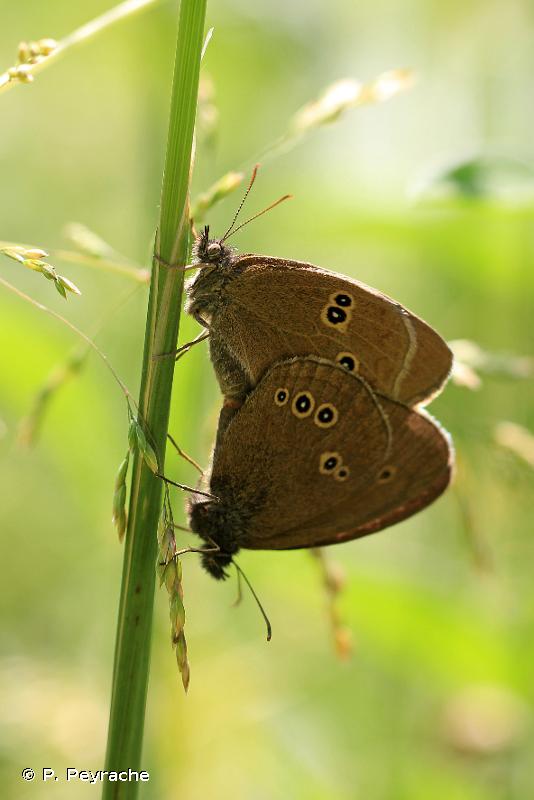
| Author : P. Peyrache |
 |
To get the picture, please visit:
pascaldgp@yahoo.fr
Any reuse of one or more photographs on this site is subject to an authorization request from the author.
Link to the Code of Intellectual Property (Legifrance)

| Author : C. Lenormand |
 |
To get the picture, please visit:
Despite the Creative Commons license, please inform the author of the use which will be made of his photo
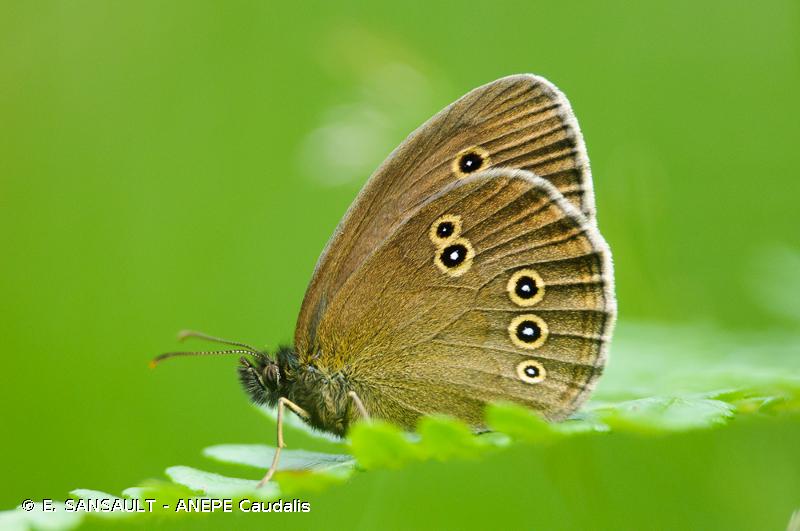
| Author : E. SANSAULT - ANEPE Caudalis |
 |
To get the picture, please visit:
Eric Sansault
ANEPE Caudalis
email : inpn@mnhn.fr
Despite the Creative Commons license, please inform the author of the use which will be made of his photo
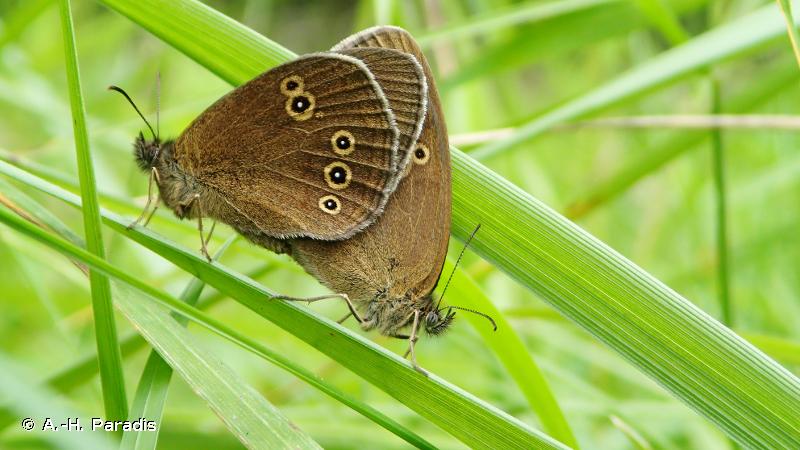
| Author : A.-H. Paradis |
 |
To get the picture, please visit:
Anne-Hélène Paradis
Missouri Botanical Garden, Africa & Madagascar Department
Muséum national d’Histoire naturelle, ISYEB
57 rue Cuvier
CP 39
75005Paris
paradis.ah@gmail.com
Despite the Creative Commons license, please inform the author of the use which will be made of his photo
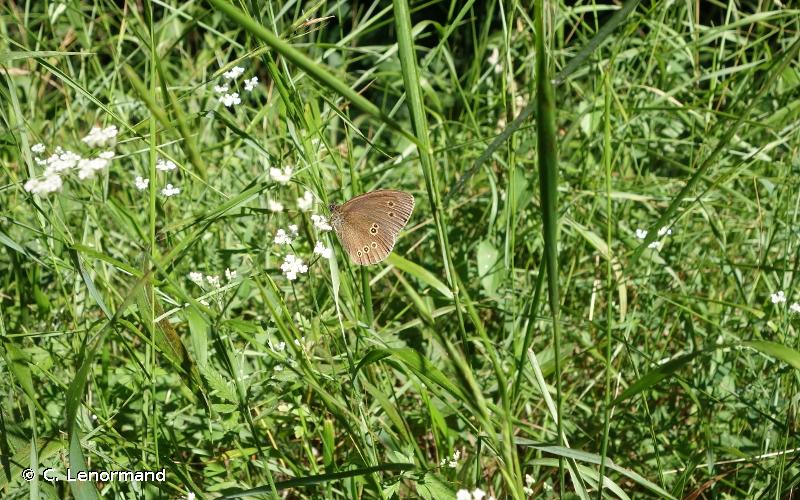
| Author : C. Lenormand |
 |
To get the picture, please visit:
Despite the Creative Commons license, please inform the author of the use which will be made of his photo
Taille :
Adulte : 35 -42 mm
Diagnose :
Papillon de couleur brun foncé sur les deux côtés. Sur le dessus, des petits ocelles noirs pupillés de blanc sont discrètement bordés de jaune. Les ocelles du revers sont plus grands et aux couleurs bien prononcées. La chenille est brun grisâtre, parfois rougeâtre clair. Elle est finement ponctuée de points sombres avec une bande dorsale foncée.
Détermination :
L'adulte est facile à reconnaître.
Espèces proches :
Le Tristan peut difficilement être confondu avec une autre espèce.
Période d'observation :
L'adulte est visible de juin à août.
Biologie-éthologie :
Le Tristan réalise une seule génération par an. Les chenilles se nourrissent des feuilles des différentes graminées (e.g. le Brome dressé, le Pâturin des prés, la Molinie) et de Laîches (Carex spp.). La femelle pond de 80 à 200 œufs sur les feuilles des herbes en particulier les plus larges. Les adultes alternent entre zones d'ombre et zones ensoleillées en fonction de la température.
Biogéographie et écologie :
Le Tristan est une espèce eurasiatique dont la distribution s'étend du nord de la péninsule ibérique à la Corée. Espèce typique des lisières de forêts, des landes arborées et des clairières, elle évite les milieux trop secs et trop exposés. Elle est présente du niveau de la mer jusqu'à 1°800 m d'altitude.
D'après
Bellmann, H. (trad. Luquet, G.), 2013. Quel est donc ce papillon ? Les guides Nathan. Paris. 449 p.
Doux Y., Gibeaux C., 2007. Les papillons de jour d'Île-de-France et de l'Oise. Biotope, Mèze. Muséum national d'Histoire naturelle, Paris. 288 p.
Lafranchis, T., Jutzeler, D., Guilloson, J.-Y., Kan, P., Kan, B. 2015. La vie des papillons. Editions Diatheo. Montpellier. 751 pp.
Lafranchis, T. 2016. Papillons de France. Editions Diatheo. Montpellier. 351 pp.
J. Ichter(),2019
Continental
Metropolitan France
Overseas
Marine
Metropolitan France
Overseas
The map presents a summary at the 10 x 10 km grid of the observation data for the species transmitted to the SINP. These data have been subjected to validation filters.
The map presents a reference distribution layer of the species at the scale of departments and marine sectors. The presence and absence data were established by expertise within a network of partners. This reference distribution is used in the validation process of the SINP data at the INPN level.
Corresponds to a report on the basis of at least one observation proved within a period of 10 years (20 years for little-known invertebrates) preceding the year and no presumption of extinction since obtaining the last data nor doubt on reproductive and implemented nature of this population. For migratory species, the presence indicated concerns areas of reproduction.
This status is based on one or more of the following criteria:
This point covers the absence, more difficult by nature to demonstrate than presence. This status is based on one or more of the following criteria:
This status must be assigned to a department in which the presence of the species is casual.
Particular case of absence due to a proven extinction less than a half century ago (older disappearances are treated as "no probable or definite").
In the state of knowledge, we can not comment on the presence or absence in the current department. This is the default status when not comprised in one of the previous categories or whenever there is doubt.
The map shows the global distribution of the species based on GBIF data (Global Biodiversity Information Facility).
